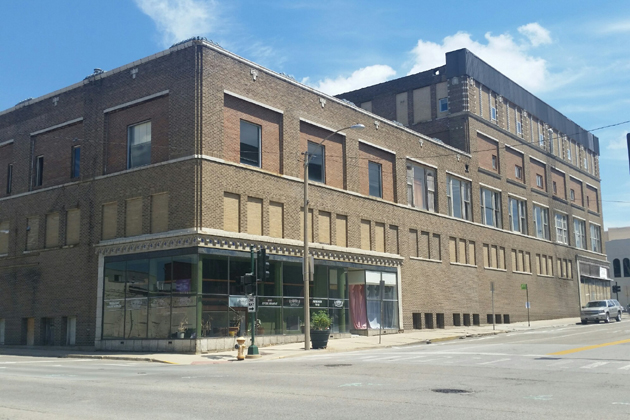
By Sam Thomas
BLOOMINGTON – A tax increment financing district could be on its way to downtown Bloomington in the near future.
That was the word from the Bloomington City Council Monday night after an ordinance was approved to set a date for a public hearing on the matter.
Mayor Tari Renner says securing the TIF District would encourage private development in a blighted downtown region.
“This is a critical block to link the [U.S. Cellular Coliseum] to downtown,” Renner said. “It’s 85 percent vacant, and we’ve seen from some of the recent press coverage just how terrible of shape these buildings are in. So this is definitely going to help encourage private investment as we move forward.”
The Downtown Southwest TIF District would encompass a three-block radius north of U.S. Cellular Coliseum, including the Front ‘N Center building. A public hearing is set for October 10.
A Fiscal Year 2016 budget surplus to the tune of $5 million was also unveiled at Monday night’s meeting.
Significant cost savings in trash collection and Public Works helped create a $4.2 million surplus in the City’s general revenue fund alone.
Renner says the City has tried to keep its’ belt tight despite tough times.
“Unlike other communities who have had tough times, we have stepped up to the plate and made tough decisions,” he said. “We got an award for funding our police and fire pensions, we are a leader in the state of Illinois and unlike other places, we’ve got our financial house in order.”
The trash collection program helped saved $621,000 in labor costs, $300,000 in landfill fees and $59,000 in fueling costs according to the unaudited report.
Renner also attributed some of the surplus to a mild winter, though he praised city officials for tightening their belts.
“Some of it is because we didn’t have a snowmageddon [sic],” Renner laughed. “That can cost you well over $1 million in vehicle repair costs, overtime, salt, whatever. So that’s some of it. And some of it is also very, very prudent fiscal management on the part of the city manager and the finance director.”
It was also indicated in the report that revenue increased by $1.5 million after a one percent increase in sales tax.
Sam Thomas can be reached at [email protected].






